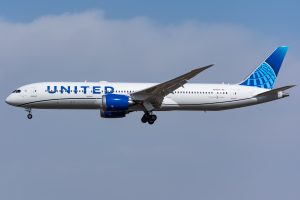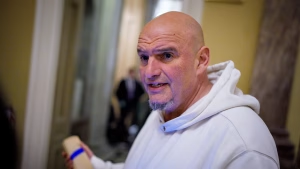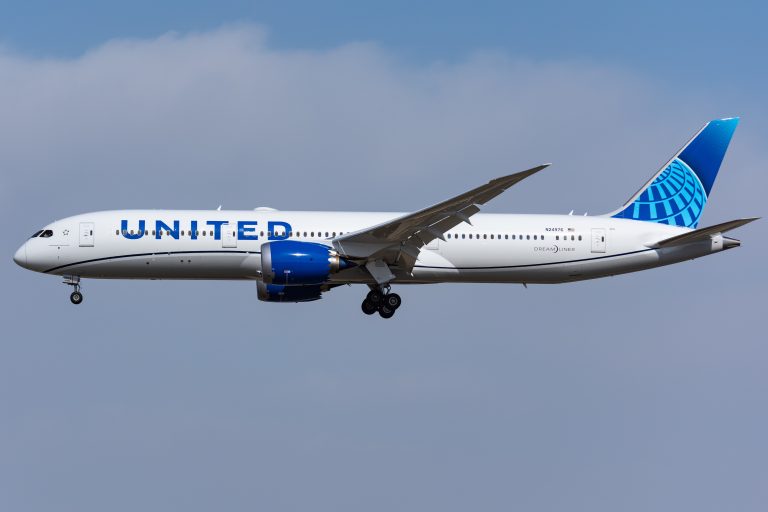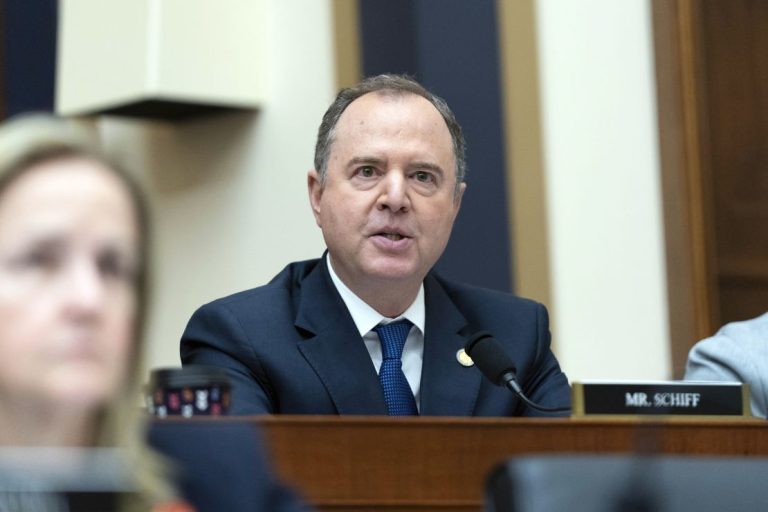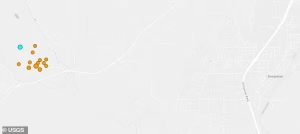President Donald Trump has unveiled an ambitious proposal that would grant $2,000 to a wide portion of the American population, describing the payments as a national “dividend” generated from tariff revenue. The announcement immediately ignited widespread debate — not only about who will qualify, but also about how such a large-scale distribution could be financed.
Trump introduced the idea earlier this month on Truth Social, emphasizing what he characterized as a period of unprecedented economic strength. According to the president, the United States has reached a level of financial power unmatched in its history, due in large part to his aggressive tariff strategy. He argued that tariffs have fueled an expanding flow of revenue into federal accounts, enabling the possibility of direct payments to the American people.
Throughout several posts, Trump celebrated strong stock market gains, rising 401(k) account balances, and what he called a surge in government income. Dismissing critics of tariffs as “FOOLS,” he insisted that the increased revenue flowing into Washington demonstrates the success of his economic vision. He also suggested that the financial cushion created by tariffs could eventually help reduce the national debt, which now surpasses $38 trillion.
However, the most attention-grabbing element of Trump’s comments was the pledge to distribute $2,000 to nearly all Americans — or at least, to those who meet the yet-to-be-finalized eligibility criteria.
Income Thresholds Under Review
Treasury Secretary Scott Bessent has provided the clearest explanation so far of how eligibility might be determined. In two recent interviews, he indicated that the payments could be linked to annual household income.
During an appearance on Fox & Friends, Bessent suggested that families earning under $100,000 per year are likely to qualify under the current proposal. He noted that while the number is not official, it is one of the primary options under discussion.
If the $100,000 cutoff becomes policy, roughly 150 million Americans could be eligible — a far broader group than previous stimulus programs. Earlier Trump-era payments capped eligibility at $75,000 for individuals and $150,000 for married couples, meaning this new threshold would dramatically widen the benefit pool.
Economist Erica York of the Tax Foundation has estimated that such a program could carry a price tag near $300 billion. This would position the proposal as one of the largest direct cash distributions in American history, surpassing several past emergency relief efforts in scale.
Despite the large cost, administration officials say the idea is still being refined, with details expected in the coming months.
Will It Be a Check — or Something Else?
While many Americans immediately pictured the return of stimulus checks, the administration has signaled that the structure of the $2,000 may look very different.
Speaking to ABC News, Bessent explained that the payments might not arrive as traditional paper checks or direct deposits. Instead, he said, the funds could be delivered in multiple forms, possibly tied to tax reductions that are already moving through the administration’s economic agenda.
He specifically mentioned several tax relief measures that Trump has championed:
-
Eliminating federal taxes on tips
-
Eliminating taxes on overtime pay
-
Eliminating taxes on Social Security benefits
-
Making auto-loan interest deductible
Bessent suggested that these changes — each of which increases take-home pay — could be counted toward the promised $2,000 “dividend,” depending on how the administration ultimately structures the program.
White House Press Secretary Karoline Leavitt reinforced this position, stating that Trump is “committed” to delivering the full $2,000 benefit in one form or another. She added that the president’s economic advisers are actively working through the logistics.
Trump himself recently told reporters aboard Air Force One that he expects the payments or credit to arrive “sometime next year, during the year,” emphasizing again that tariffs are providing the financial backing. “The tariffs allow us to give a dividend,” he said, characterizing the payouts as a reward to citizens for the nation’s increased revenue.
Where the Money Would Come From
A central question remains unresolved: How will the federal government finance an initiative projected to cost hundreds of billions of dollars?
As of late September, U.S. tariff revenue stood at approximately $195 billion — significantly below what would be needed to fund $2,000 payments to most households. Even with current projections estimating $3 trillion in tariff revenue over the next decade, immediate funding would require either repurposing existing government income or borrowing additional money.
Economists note that relying on future revenue carries risks. Because much of the projected tariff income unfolds over ten years, using these funds upfront could increase short-term federal deficits and add to the already-growing national debt.
Still, the administration argues that enhanced tariff policies will continue to provide strong revenue growth. Trump has recently promoted several new import taxes, including:
-
A proposed 50% tariff on imported cabinets
-
A potential 100% tariff on branded pharmaceuticals
He maintains that these measures will promote domestic manufacturing, strengthen the American economy, and generate even more funds for national initiatives — including the new dividend.
Supporters of the plan view tariffs as a long-term investment in America’s financial independence. Critics, however, contend that tariffs often raise consumer prices and strain supply chains, which could offset some of the economic benefits claimed by the administration.
Why the Proposal Matters
If implemented, the $2,000 payout could become one of the most significant direct-to-household financial programs in decades. While not positioned as emergency relief, the proposal represents an attempt to share the gains of what the administration describes as a new era of national economic strength.
The structure of the program — whether checks, tax credits, or a combination — will ultimately shape both its political reception and its economic impact. For households under financial pressure, particularly those within the $60,000–$100,000 income range, the additional $2,000 could help offset rising costs for housing, transportation, and other essentials.
Moreover, the administration’s messaging suggests that the payments are designed not just as financial aid, but as a symbolic expression of shared national prosperity.
What Comes Next
Many uncertainties remain. Among them:
-
Will the income limit truly be $100,000?
-
Will the benefit be delivered as a one-time payment or multiple installments?
-
How much of the $2,000 could be satisfied through tax exemptions rather than a direct payout?
-
Will Congress need to approve parts of the plan, or can it be implemented through executive authority and Treasury policy?
Trump and members of his economic team say more details will be released as internal discussions continue. For now, the proposal stands as one of the boldest and most far-reaching economic promises of his current term.
What is clear is that the administration intends for the “dividend” to reach a large majority of Americans — and that the policy is being positioned as a hallmark of Trump’s broader strategy to reshape U.S. economic policy through tariff-driven revenue.
As the final framework takes shape, millions of households will be watching closely to determine whether they will qualify — and how soon they might see the $2,000 reflected in their wallets, paychecks, or tax filings.

Emily Johnson is a critically acclaimed essayist and novelist known for her thought-provoking works centered on feminism, women’s rights, and modern relationships. Born and raised in Portland, Oregon, Emily grew up with a deep love of books, often spending her afternoons at her local library. She went on to study literature and gender studies at UCLA, where she became deeply involved in activism and began publishing essays in campus journals. Her debut essay collection, Voices Unbound, struck a chord with readers nationwide for its fearless exploration of gender dynamics, identity, and the challenges faced by women in contemporary society. Emily later transitioned into fiction, writing novels that balance compelling storytelling with social commentary. Her protagonists are often strong, multidimensional women navigating love, ambition, and the struggles of everyday life, making her a favorite among readers who crave authentic, relatable narratives. Critics praise her ability to merge personal intimacy with universal themes. Off the page, Emily is an advocate for women in publishing, leading workshops that encourage young female writers to embrace their voices. She lives in Seattle with her partner and two rescue cats, where she continues to write, teach, and inspire a new generation of storytellers.
